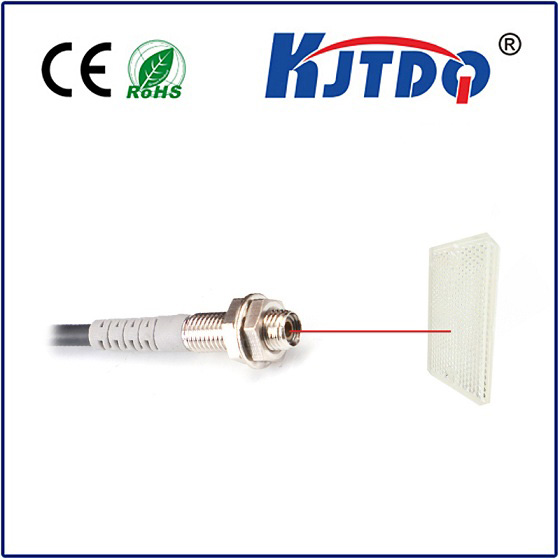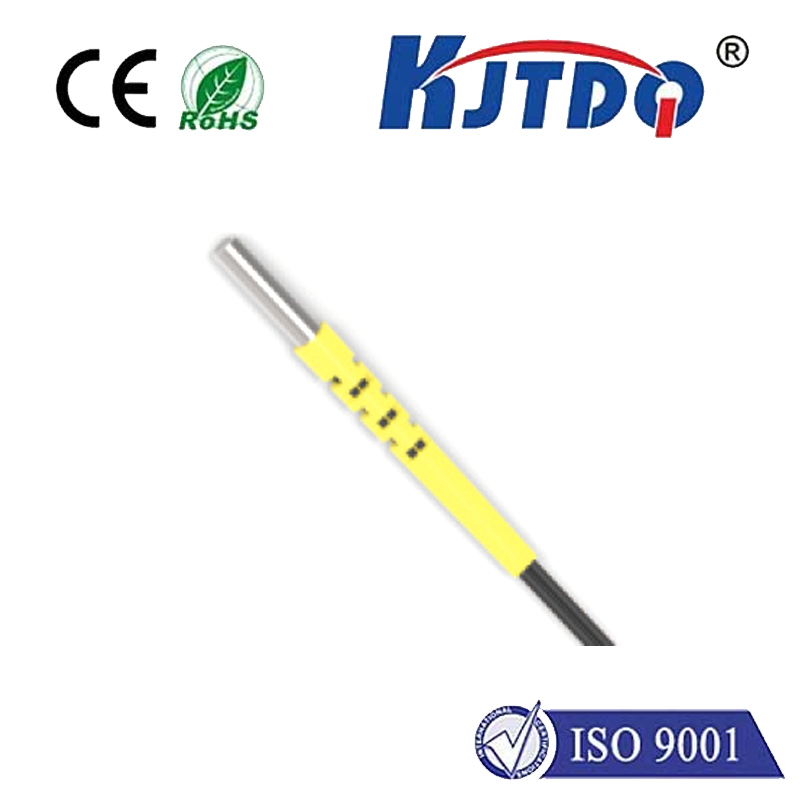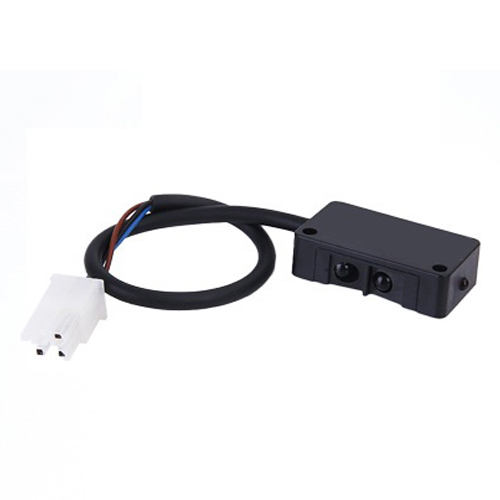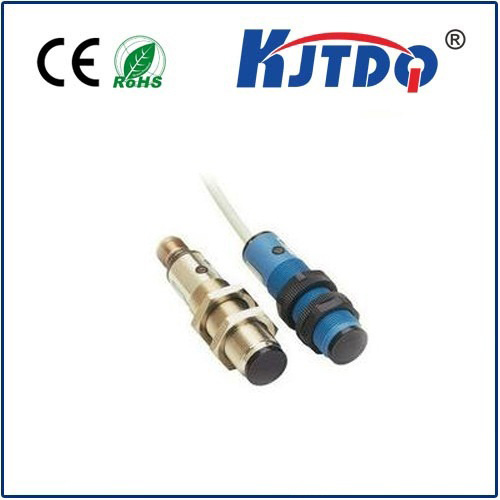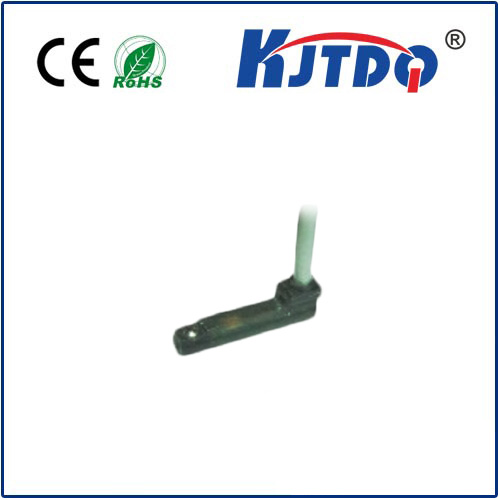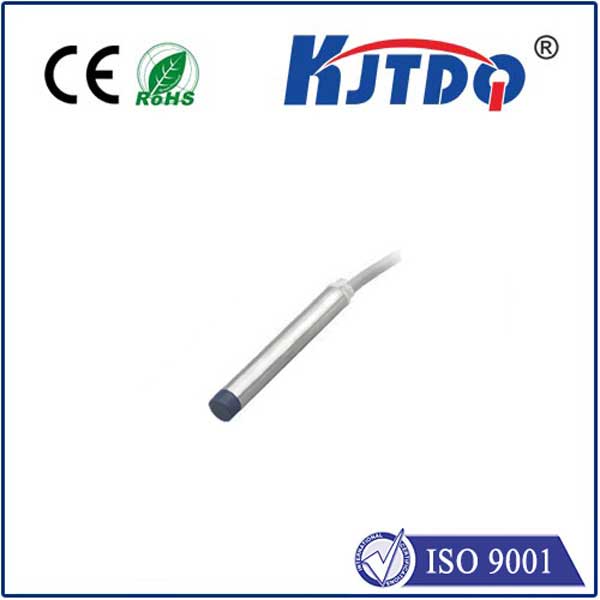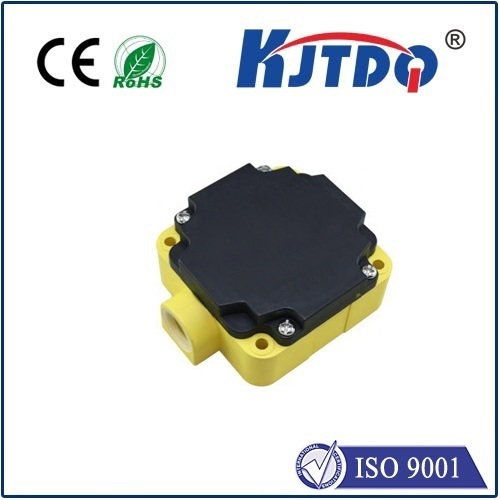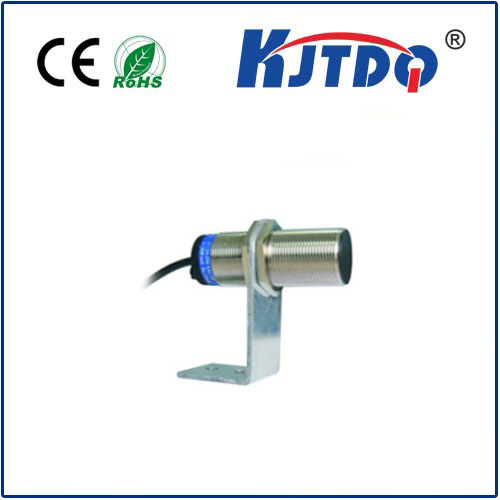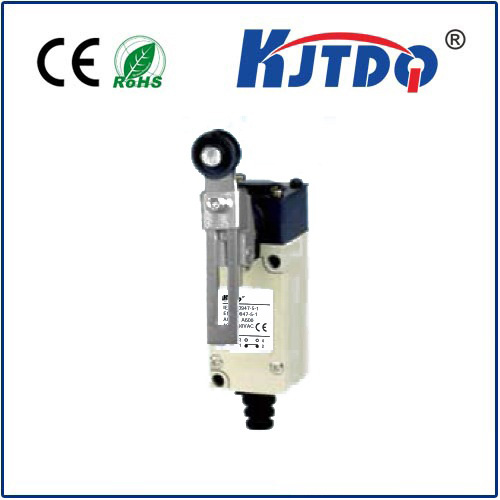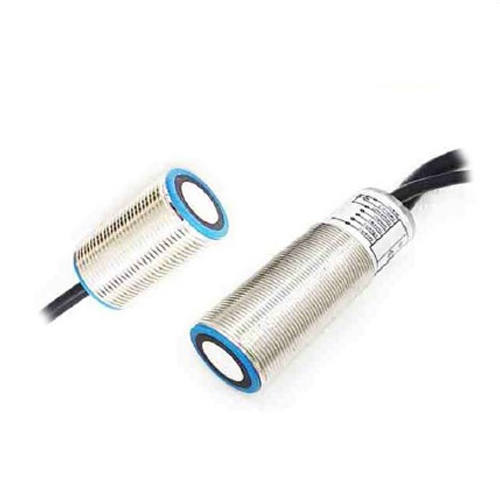

check

check

check

check

check

check

check

check

check

check
Title: Mastering the Art of Electrical Plunge Switches: A Comprehensive Guide
Introduction:
Electrical plunger switches are an essential component in many electrical systems, including household appliances, industrial machinery, and automotive applications. They offer a simple yet reliable solution for controlling the flow of electricity in various scenarios. In this comprehensive guide, we will explore the working principles of electrical plunger switches, their types, advantages, and disadvantages, as well as common applications and maintenance practices.
Section 1: Working Principles of Electrical Plunge Switches
Electrical plunger switches work on the principle of a simple mechanical action. When a voltage is applied to the switch, it causes a plunger to move down into the socket, thus opening the circuit and allowing current to flow. When the plunger is released, it returns to its original position, effectively closing the circuit and interrupting the electrical flow. The plunger's movement is controlled by a spring that acts as a lever, enabling precise control over the switch's activation and deactivation.
Section 2: Types of Electrical Plunge Switches
There are two main types of electrical plunger switches: single-pole and double-pole. Single-pole switches have one pole that controls the flow of current when the plunger is pushed or pulled. Double-pole switches, on the other hand, have two poles that can be used together or separately to control the flow of current. Some plunger switches also come with additional features such as resetting buttons, non-return springs, and LED indicators to improve usability and functionality.
Section 3: Advantages and Disadvantages of Electrical Plunge Switches
One of the primary advantages of electrical plunger switches is their simplicity and reliability. They require minimal components and are easy to manufacture, making them cost-effective and efficient alternatives to more complex switching mechanisms. Additionally, they offer excellent isolation between contacts, ensuring that the circuit remains closed even under high pressure or vibration conditions. However, they can be susceptible to misuse or incorrect installation, leading to malfunctioning or electrical hazards. Moreover, they may not provide adequate protection against reverse polarity currents or short-circuits.
Section 4: Common Applications of Electrical Plunge Switches
Electrical plunger switches have a wide range of applications, including power tools, home appliances, medical devices, industrial machinery, and automotive electronics. Some popular examples include coffee makers, washing machines, hair dryers, vacuum cleaners, elevators, and air conditioning systems. They are also commonly used in test equipment and data acquisition systems for measuring temperature, pressure, and other parameters.
Section 5: Maintenance Practices for Electrical Plunge Switches
Proper maintenance is crucial for ensuring the optimal performance and lifespan of electrical plunger switches. Regular cleaning and inspection can help prevent dirt buildup or corrosion that could lead to malfunctioning or electrical shorts. It is also essential to handle the switch gently to avoid damaging the plunger or contacts. If you notice any signs of wear or damage, such as loose springs or damaged plastic housings, replace the switch promptly to avoid potential safety hazards.
Conclusion:
In conclusion, mastering the art of electrical plunger switches requires understanding their working principles, types, advantages and disadvantages, common applications and maintenance practices. By selecting the right type of switch for your application and following proper maintenance guidelines, you can ensure safe and reliable operation while maximizing efficiency and productivity. Whether you are working on a small DIY project or managing a large-scale industrial facility, electrical plunger switches are an indispensable tool that can simplify your tasks and save time and energy. So why wait? Start exploring the possibilities today!
